Three physical signs indicate that a church is a minor basilica.
- The Ombrellino (umbrella)
- The Tintinnabulum (bells)
- The Papal Cross Keys
Ombrellino (little umbrella)
The ombrellino is a distinctive symbol used in basilicas throughout the world. Designed with stripes of yellow and red (traditional papal colors), the silk canopy is a symbol of the pope’s authority. During the Middle Ages, the ombrellino would be carried above the Holy Father during processions. Once placed, the ombrellino remains partially open as a symbol of readiness to welcome the Holy Father. The ombrellino of the Basilica of Ste. Anne de Detroit contains the coats of arms of the Vatican, Pope Francis, Archbishop Vigneron, the Archdiocese of Detroit and the Basilica of Ste. Anne de Detroit.
Tintinnabulum (bells)
The tintinnabulum, like the ombrellino, indicates that The Basilica of Ste. Anne de Detroit has a special relationship with the Holy Father. The tintinnabulum, a bell mounted on a pole, is placed in a Roman Catholic basilica to signify its link with the pope. During the Middle Ages and Renaissance, the tintinnabulum was used to alert the people of Rome of the approach of the Holy Father during papal processions. The design of the tintinnabulum of the Basilica of Ste. Anne de Detroit incorporates the architectural details of the basilica.
Papal Cross Keys
The Papal Cross Keys are the symbol of the Papacy. They refer to the promise of Christ to Peter, “I will give you the keys to the Kingdom of Heaven. Whatever you bind on earth shall be bound in Heaven; and whatever you loose on earth shall be loosed in Heaven.” (Matthew 16:19). The presence of the keys symbolizes the continuous relationship of the basilica to the Holy Father.
